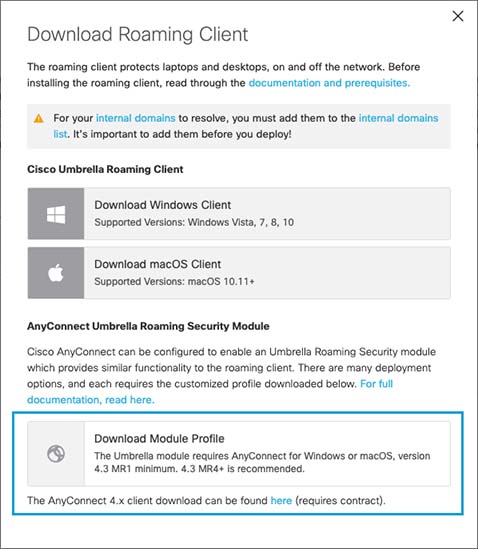

- #Cisco anyconnect client for mac uses pgp encrytion install
- #Cisco anyconnect client for mac uses pgp encrytion full
- #Cisco anyconnect client for mac uses pgp encrytion software
- #Cisco anyconnect client for mac uses pgp encrytion code
#Cisco anyconnect client for mac uses pgp encrytion code
When you enable 2FA, your users enter their username and password (first factor) as usual, and they have to enter an authentication code (the second factor) which will be shared on your virtual or hardware 2FA solution to get access to Cisco An圜onnect VPN. You can enable Two-Factor Authentication(2FA) for your Cisco An圜onnect Managed AD directory to increase security level. Also, it provides visibility along with the control which is required you to identify who and which devices are accessing the extended enterprise. Two-Factor Authentication (2FA/MFA) for Cisco An圜onnectĬisco An圜onnect is a uniform security endpoint agent which delivers multiple security services to protect the enterprise. Two-Factor Authentication (2FA) for Cisco An圜onnect.Click the Cisco An圜onnect icon with a small lock.Once the VPN connection is established, the Cisco An圜onnect icon with a small lock appears in the dock.Click Accept to connect to the Stanford Public VPN service.Enter a passcode in the Answer field and click Continue. If your only registered authentication method is printed list, hardware token, or Google Authenticator, the menu does not display.You may have to scroll down the list to see all of your options. Enter a passcode or enter the number that corresponds to another option (in this example, enter 1 to authenticate using Duo Push on an iPad).Next, the prompt for two-step authentication displays.
#Cisco anyconnect client for mac uses pgp encrytion full
#Cisco anyconnect client for mac uses pgp encrytion software
When the software has finished installing, click Close.
#Cisco anyconnect client for mac uses pgp encrytion install

This encrypts all internet traffic from your computer but may inadvertently block you from using resources on your local network, such as a networked printer at home. All non-Stanford traffic proceeds to its destination directly. This routes and encrypts all traffic going to Stanford sites and systems through the Stanford network as if you were on campus. When using Stanford's VPN from home, we generally recommend using the Default Stanford split-tunnel VPN. To connect to the VPN from your Mac you need to install the Cisco An圜onnect VPN client. Stanford's VPN allows you to connect to Stanford's network as if you were on campus, making access to restricted services possible. The built-in VPN client for Mac is another option but is more likely to suffer from disconnects. Cisco An圜onnect is the recommended VPN client for Mac.


 0 kommentar(er)
0 kommentar(er)
